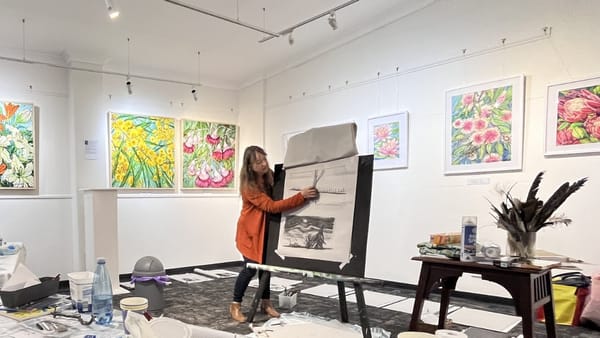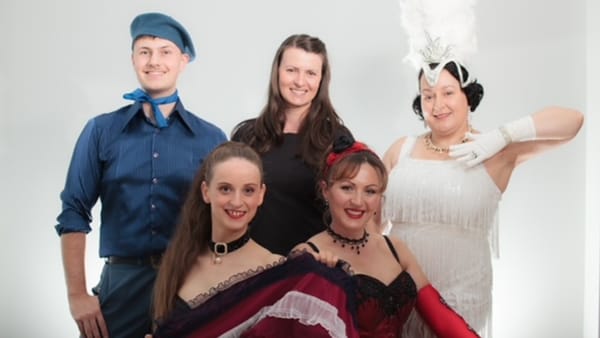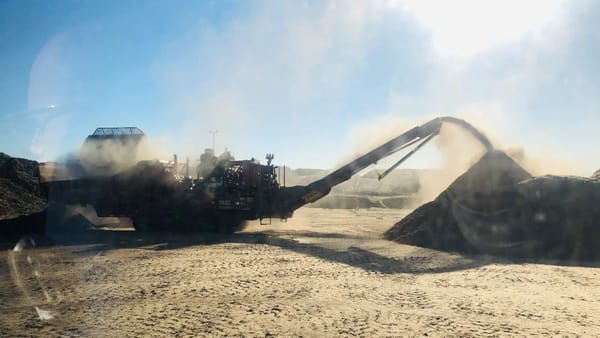Five things this week’s census data tells us about Murray Bridge
The first batch of data from the 2021 national census has been released – here’s what we’ve learned about Murray Bridge, population 18,243.

This post was originally published behind Murray Bridge News’ paywall. Paywalled posts are unlocked four weeks after publication. Can’t wait that long? Subscribe here.

New census data has shown how Murray Bridge is changing – and highlighted the depths of the city’s housing crisis.
The Australian Bureau of Statistics released the first batch of data from the 2021 census on Tuesday.
Here’s what it told us about our housing market, our incomes, our migrant population and more.

Rental homes are few, far between and getting pricier
Just 23 extra homes have been made available to rent in Murray Bridge in the past five years.
More than 400 additional homes were built locally as Murray Bridge’s population grew to 18,243 by census night – more on that in a moment.
But almost all of the growth was among mortgage-holders or people who owned their homes outright.
Worse, the median cost of renting a house increased to $240 per week, or just $14 less than the cost of paying off a mortgage.
Three out of 10 rental households were experiencing rental stress, or spending more than 30 per cent of household income on rent.
That’s more than twice as many as in 2016.
The icing on the cake?
There were 811 unoccupied houses in Murray Bridge on census night.

We’re getting richer, on average
Alright, let’s look at some encouraging numbers.
Median household income in Murray Bridge has gone up by $143 a week in the past five years.
That’s 3.1 per cent per year, enough to outpace the rising cost of living.
At $1077 per week, our median household income is still well behind South Australia ($1455) and Australia ($1746) as a whole … but still.

Hundreds of migrants have left our community
Perhaps it’s because of COVID-19, perhaps because of the Thomas Foods fire, but either way: hundreds of migrants have left Murray Bridge since 2016.
The city’s population grew by 684, but that’s mainly because babies and new arrivals pushed the Australian-born population up by 1098 people.
Over the same period, 405 people who were born overseas either died or moved away.
Murray Bridge’s Chinese-born population, in particular, shrank by more than a third.
Fewer of us identified with an ancestry other than “Australian” or spoke a language other than English at home.

Fewer and fewer of us identify as religious
I already made the REM joke last time, but: we’re still losing our religion.
Five years ago, 35.8% of Murray Bridge people said they did not identify with any religious faith.
In 2021 that figure rose to 47.1%.
The three biggest Christian denominations – Catholic, Uniting and Lutheran – all lost adherents.

No wonder volunteer organisations are struggling
It it seems like every community group is crying out for volunteers at the moment, this might be why: there are 555 fewer volunteers in Murray Bridge than there were at the last census.
On census night last year, 2495 people told the Australian Bureau of Statistics they had done some volunteer work during the past 12 months.
More than 3000 people said the same thing in 2016.
And one more interesting number
Back in 2016, households where at least one Aboriginal or Torres Strait Islander person lived had a median income roughly on par with all other local households.
In 2021, the median weekly income for local Indigenous households was $76, or 7%, higher than the overall figure.
There are numerous areas in which more needs to be done to close the gap between Indigenous and non-Indigenous people, but – locally – perhaps progress is being made.
- More information: www.abs.gov.au.





